We returned to Tbilisi for a last taste of Georgia, staying for two days to make up on some stuff we missed, as well as to finalize our Azerbaijani visas, before hopping on the night train running eastwards towards the Caspian sea into Baku, the capital of Azerbaijan.
One place we felt compelled to visit before leaving Georgia was the city of Gori, which made international headlines most recently in 2008 during the last Russian-Georgian war, when the Russians bombed and subsequently occupied it. It is now in the news again in Georgia, as a new movie which dramatizes those events is released here, while being banned across the Russian border. That was not the reason for our visit though; Gori is even more famous for a totally different thing, and that is being the birthplace of Josef Stalin, and home to one of the oddest museums in the world, the Stalin Museum. Gori is immensely proud of its son; the city’s main street, Stalin Avenue, splits into two roads that hug the temple-like museum from both sides, before reconnecting back and leading to the main square, named, as you guessed, Stalin Square. The reason for this split is that the avenue replaced an old neighborhood that included the little brick house in which the man was born and lived for the first four years of his life; in order to preserve that house the city’s new plan was designed around it, and now it stands enclosed by a mausoleum-like superstructure that protects it from the elements, as part of the museum complex.

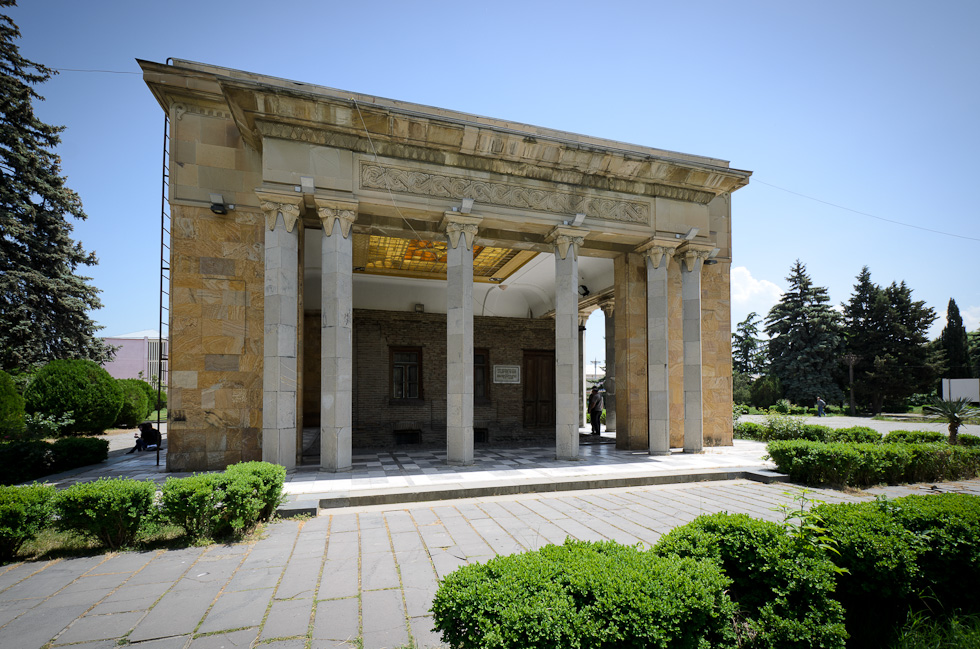
A statue of Stalin overlooks the imposing main museum building, complete with a colonnade and a tower. Inside, a grand staircase with a red carpet terminates at the feet of another Stalin. The intensely hagiographic museum details the life of the man from his beginnings as a revolutionary activist in Georgia, through his Siberian exile, involvement in the Soviet revolution together with Lenin, and later World War II. No mention is made of his repressions, the Gulag or the Ukrainian famine for which he was single-handedly responsible; curiously, one item that is displayed after all is Lenin’s letter to the Politburo in which he expresses dismay at Stalin’s brutal character and recommends against promoting him in the party ranks. The rest of the displays focus on his achievements.
The question of Stalin’s legacy is a difficult one, and very prone to oversimplification. The unspeakable nature of his repressions and his responsibility for the deaths of millions, and the suffering of many more, is well known and undeniable; however it is also important to remember that if it wasn’t for him, Hitler would probably have won and we would now be living under the Third Reich. Besides that, the way he turned Russia from an agrarian society into an industrial world power is nothing short of remarkable — in the words of Winston Churchill, “he took it with the plough and left it with nuclear weapons”. These words, together with the praises of many other world leaders, are proudly displayed in the semi-final room of the museum; the final room, a dimly lit red round space, is devoted to a bronze cast of his death mask, which looks surprisingly small after the grand picture of the man painted by the previous displays.
Another part of the museum complex is Stalin’s train carriage; just like us, he was a fan of train travel, although in substantially more luxurious conditions. His carriage included a large bedroom with an en-suite bathroom (which included a bathtub), a meeting / dining room, a kitchen and some rather cramped sleeping quarters for his staff.

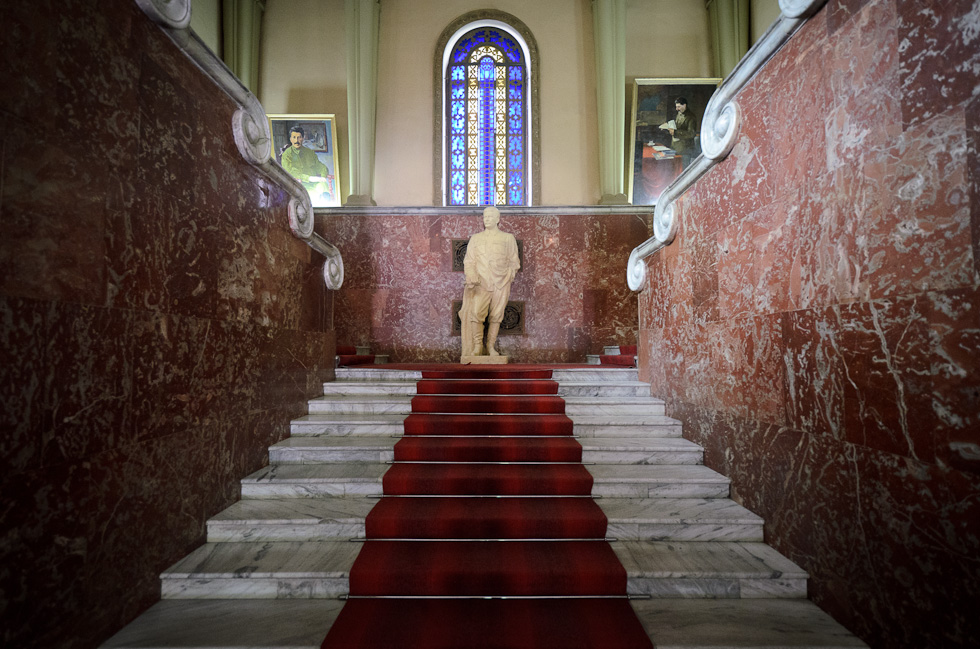
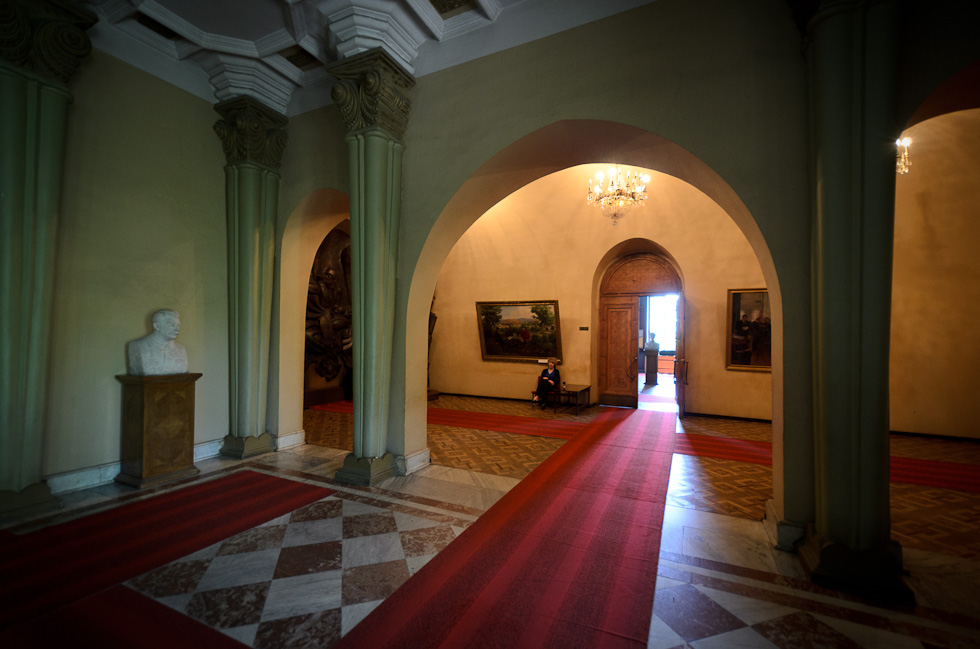
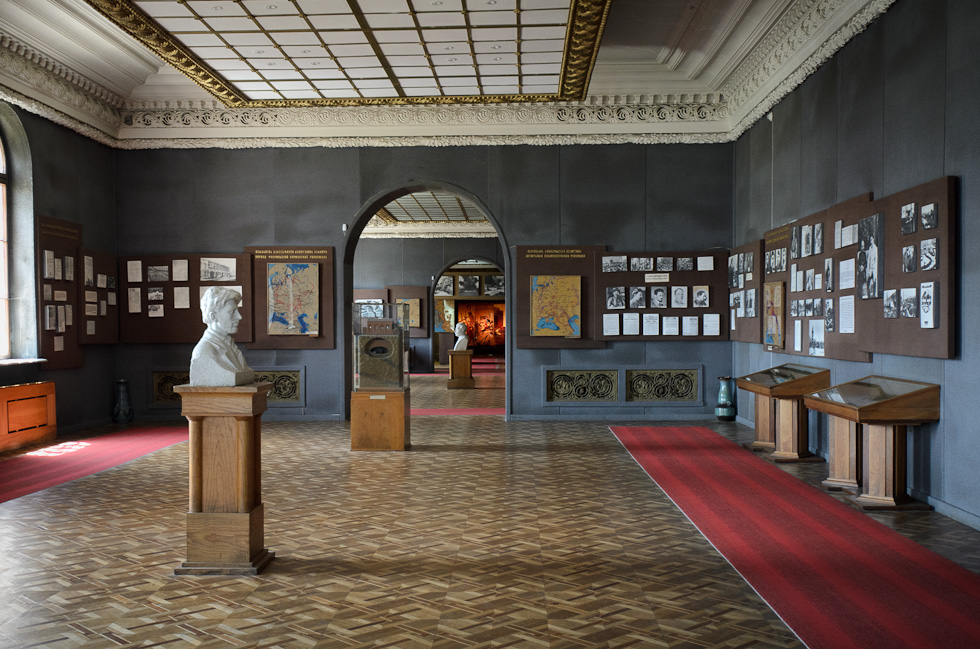
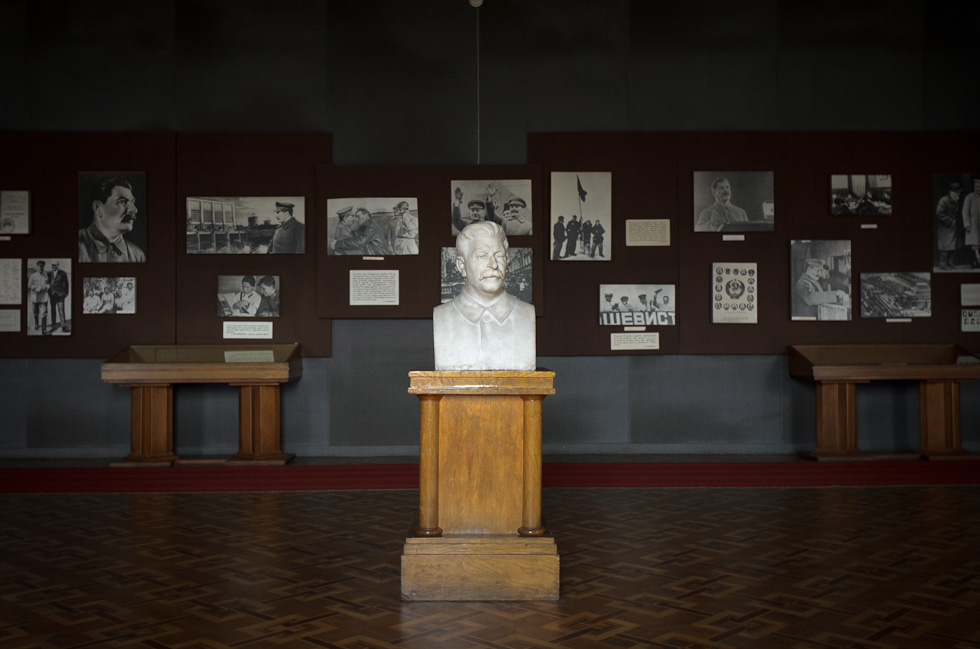

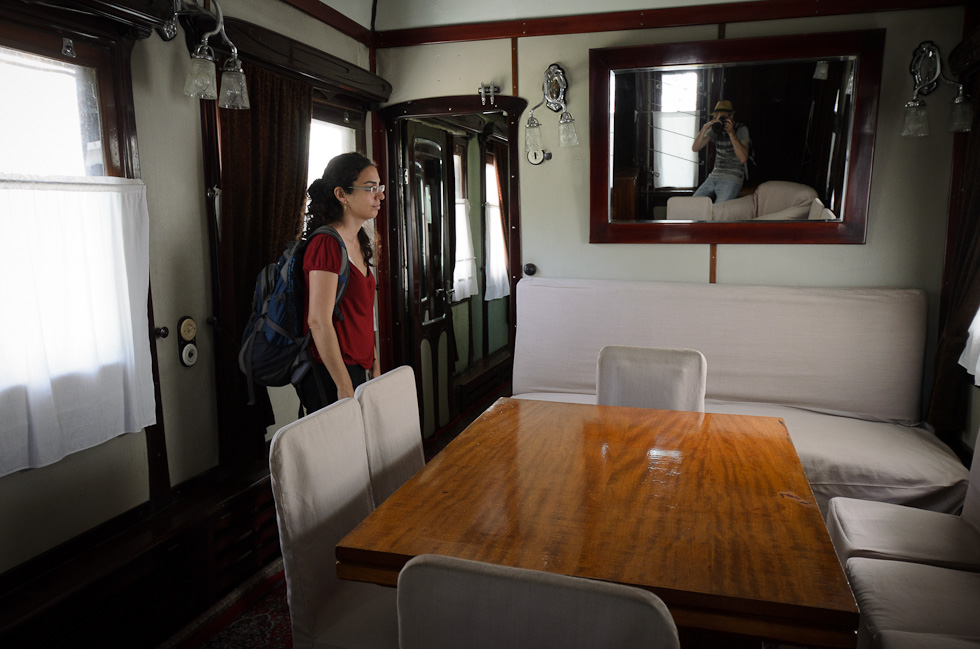
We devoted the next day to a monastery complex called Davit Gareja, located on the Azerbaijan border. The early monks lived here in caves they carved in the soft rock; during Soviet times the place was abandoned (and in fact used for military exercises) but now monks live in the same caves again. We made a nice little walk and got our first views of Azerbaijan. The next day we said our farewells to Georgia and boarded the train to Baku. Georgia was a long and good experience; the next couple of countries we will be transiting rather quickly, stopping mostly just to make visa arrangements, eager to get to the heart of Central Asia.




June 5, 2011